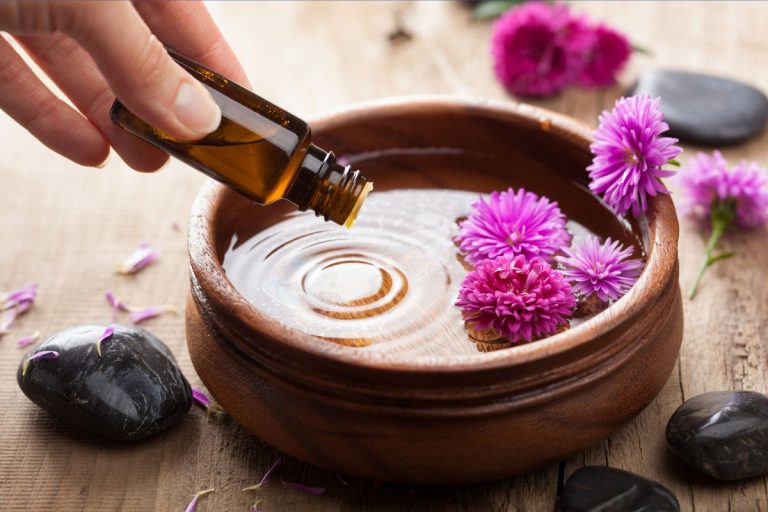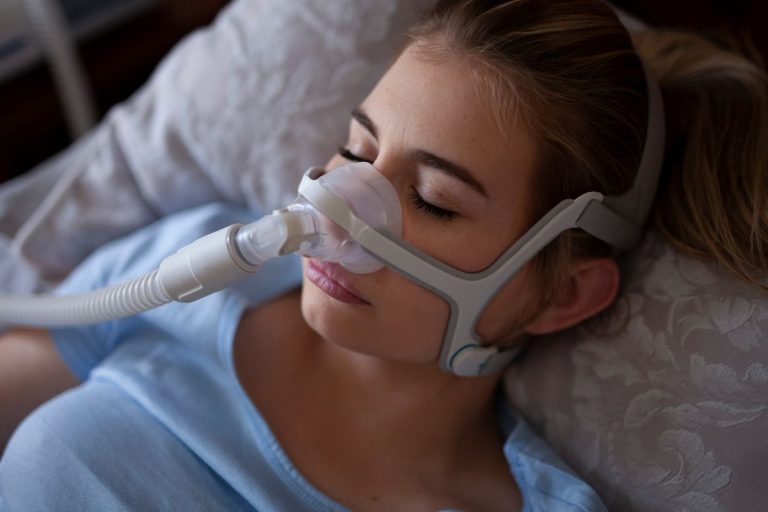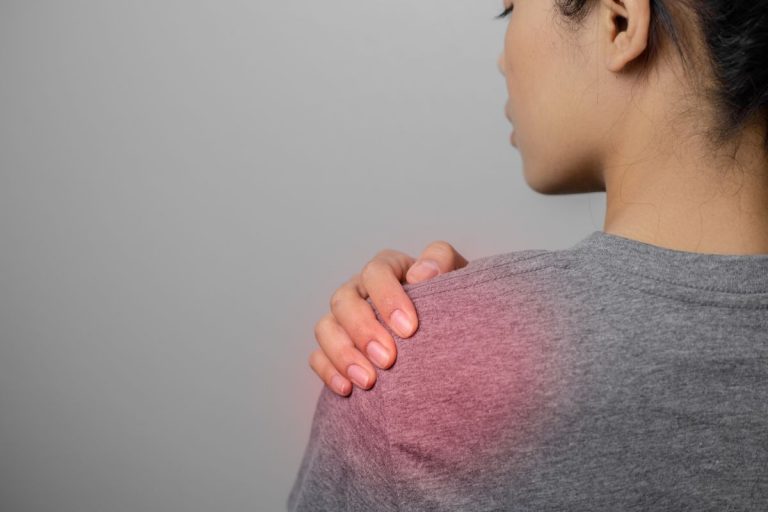You may wonder if drinking alcohol is safe for people with diabetes. If you drink alcohol, there are some things you need to know first about alcohol safety.
Is it Safe to Drink Alcohol?
Check with your doctor to make sure alcohol doesn’t interfere with your medications or complicate any of your medical conditions. Drinking alcohol can lead to serious low blood sugar reactions, especially if you take insulin or types of diabetes pills that stimulate the release of insulin from the pancreas. Alcohol can also affect other medical conditions you may have, like diabetic nerve damage, diabetic eye disease, and high blood triglycerides. Get guidelines for alcohol use from your medical provider.
How Much Alcohol Can I Drink?
If you choose to drink alcohol, drink in moderation. Limit your intake of alcohol to no more than one serving per day for women, and no more than two servings per day for men.
One serving size of alcohol equals:
- 12 ounces of beer
- 5 ounces of wine
- 1½ ounces of distilled spirits (such as rum, whiskey, gin, etc.)
Alcohol and Risk of Low Blood Sugar
If you are managing your diabetes with diet and exercise alone, drinking alcohol can stil increase your risk of low blood sugars. And if you take insulin or types of diabetes pills that stimulate insulin production, drinking alcohol can lead to even more serious low blood sugar reactions.
Normally, the liver releases glucose to maintain blood sugar levels. But when you drink alcohol, the liver is busy breaking the alcohol down, so it does a poor job of releasing glucose into the bloodstream. This can lead to a drop in blood sugar levels if you are drinking alcohol on an empty stomach.
Each alcoholic beverage takes about 1-1 ½ hours to finish processing in the liver. For that entire time, the risk of low blood sugar exists. So, if you have 2 drinks, you double that time to 2 to 3 hours that you are at risk for low blood sugar. The more alcohol consumed, the bigger the risk for serious low blood sugar.
The solution? Never drink alcohol on an empty stomach. ALWAYS consume alcohol with a meal or snack that contains carbohydrates. Never skip meals or substitute alcohol for a meal.
Follow these safety tips too:
- Know the symptoms of a low blood sugar (hypoglycemia) and tell others. If you should pass out, those around you need to know that this is a medical emergency, and not just a sign of intoxication.
- Wear your medical ID bracelet at all times.
- Carry a carbohydrate source, like glucose tablets, with you in case of a low blood sugar.
- Test your blood sugar more often. The effects of alcohol can make it harder for you to detect symptoms of a low blood sugar.
- In cases of severe low blood sugar, glucagon injections may not work effectively to raise the blood sugar, since the glucagon hormone stimulates the liver to release glucose – and alcohol impairs that process.
- If you combine exercise with alcohol, your risk of low blood sugar is even higher. Because most exercise lowers blood sugar levels, check your blood sugar more often. You may need a carbohydrate snack to prevent low blood sugar.
Be Good to Your Heart and Waistline
Alcohol is high in calories and low in nutrients. That’s why alcohol is often called “empty calories.” When your liver breaks down alcohol, it turns the alcohol into fat. That means drinking alcohol can make you gain weight. At 7 calories per gram, alcohol is nearly as calorie-dense as fat (9 calories per gram). That’s where that beer belly comes from! Alcohol use can also lead to elevated blood fats, or triglycerides, which raises your heart disease risk.
Are Some Alcoholic Drinks Better Than Others?
To meet your goals of managing your blood sugar, body weight and heart health, keep these tips in mind:
- If you are striving to lose weight, limit your alcohol intake. Or consider avoiding alcohol to rid your diet of empty calories.
- Watch out for calorie and carbohydrate-rich mixers like regular sodas, juices and tonic water. Choose diet sodas, diet juices, diet tonic water and club soda instead.
- Choose light beer instead of regular beer.
- Choose dry wines instead of sparking wines, dessert wines, sweet wines and wine coolers.
View a list of calories and carbohydrates in popular alcoholic beverages on A Look at your Liquor.
Also:
Please remember to drink safely and responsibly! Never drink and drive. Don’t use dangerous equipment, or engage in activities that require coordination, concentration, or alertness. Don’t take a hot bath, hot tub or sauna because the heat combined with the alcohol may cause your blood pressure to drop too much.
IF YOU DRINK ALCOHOL, KNOW WHAT IT DOES TO YOUR BODY
How much is considered one drink?
This table lists popular alcoholic beverages and gives the average serving size, carbohydrate content, and number of calories.
Beverage
Serving Size
Carbohydrate
(grams)Calories
Beer
Regular beer
12 oz
13
150
Light beer
12 oz
5
100
Non-alcoholic beer
12 oz
12
60
Wine
Dry White, Red, Rose
4 oz
trace
80
Sweet wine
4 oz
5
105
Wine cooler
12 oz
30
215
Sparkling Wines
Champagne
4 oz
4
100
Sweet kosher wine
4 oz
12
132
Appetizer/Dessert Wines
Sherry
2 oz
2
74
Sweet Sherry, Port
2 oz
7
90
Cordials, Liqueurs
1 ½ oz
18
160
Distilled Spirits
80-proof Gin, Rum, Vodka, Whiskey, Scotch
1 ½ oz
trace
100
Dry Brandy, Cognac
1 oz
trace
75
Cocktails
Bloody Mary
5 oz
5
116
Daiquiri
5 oz
10
281
Gin and Tonic
7 ½ oz
16
170
Manhattan
2 oz
2
178
Margarita
6 oz
29
205
Martini
2 ½ oz
trace
156
Pina Colada
4 ½ oz
32
245
Tom Collins
7 ½ oz
3
120
Whiskey Sour
3 ½ oz
14
162
Shooters
Amaretto Sour
1 ½ oz
19
118
Fuzzy Navel
1 ½ oz
7
120
Kamikazi
1 ½ oz
2
150
Mud Slide
1 ½ oz
17
160
Turbo
1 ½ oz
3
110
Mixers
Non-caloric mixers (mineral water, sugar-free tonic, club soda, diet soda)
any
0
0
Tonic water
4 oz
11
41
Tomato juice, Bloody Mary mix
4 oz
5
25
Juice (orange, grapefruit, pineapple)
4 oz
15
60
#tablepress-9 from cache
Please remember to drink responsibly, and have a designated driver!
Source:
USDA National Nutrient Database UCSF Medical Center 7/05
Self-assessment Quiz
Self assessment quizzes are available for topics covered in this website. To find out how much you have learned about Diabetes & Alcohol, take our self assessment quiz when you have completed this section. The quiz is multiple choice. Please choose the single best answer to each question. At the end of the quiz, your score will display. If your score is over 70% correct, you are doing very well. If your score is less than 70%, you can return to this section and review the information.





